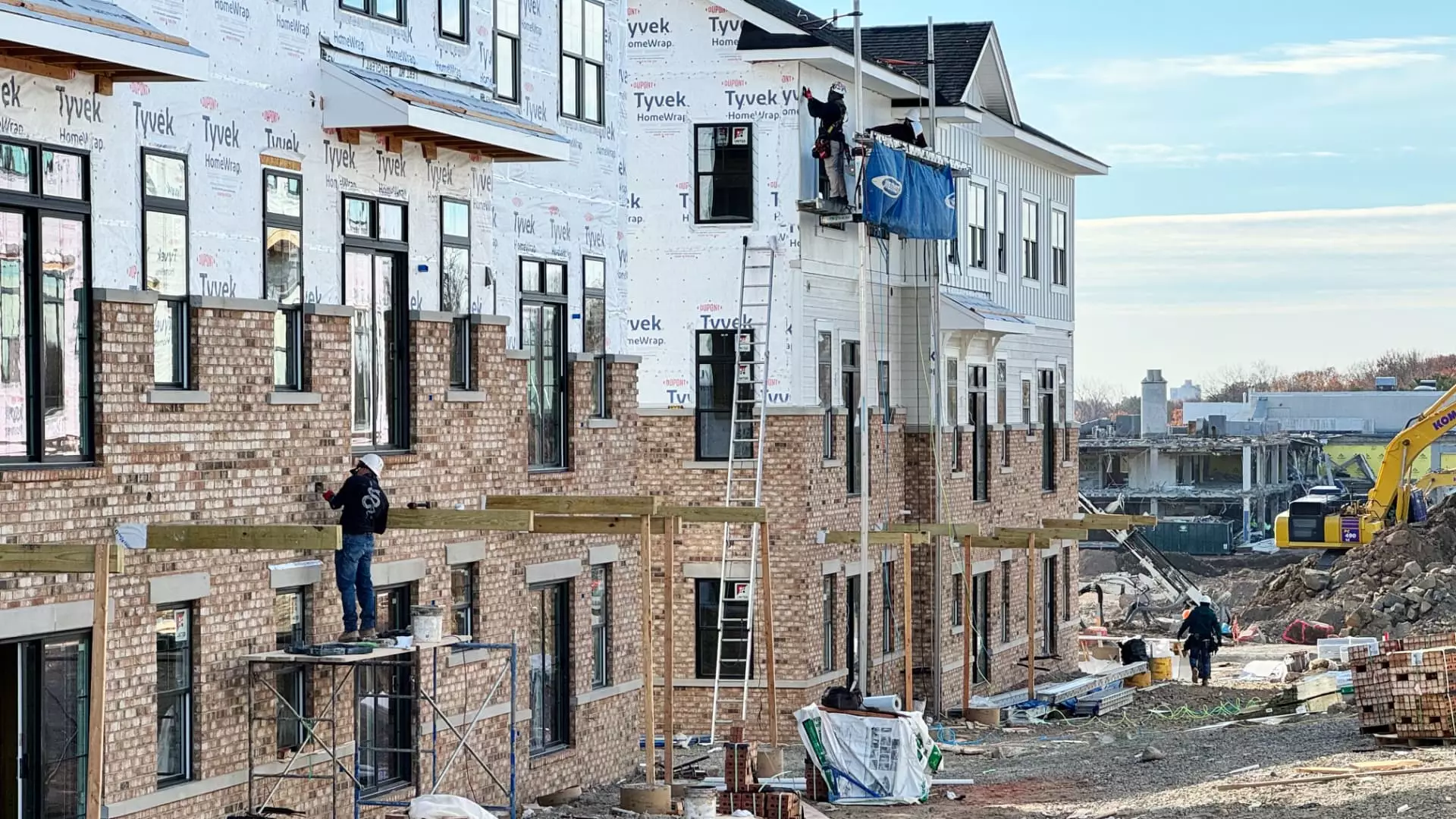The intricate relationship between housing costs and inflation creates a challenging landscape for policymakers, particularly for President-elect Donald Trump as he embarks on his term. The necessity for a balanced approach to manage inflation hinges largely on the fluctuations within the housing market. The recent consumer price index (CPI) report reveals a complicated picture concerning shelter, which constitutes a significant portion of the CPI and therefore plays a crucial role in controlling overall inflation rates.
Current Trends in Shelter Costs
The most recent data offers a mixed bag of insights regarding shelter costs, highlighting both positive and concerning aspects. On the brighter side, the annual increase in shelter costs has hit its lowest mark since February 2022, suggesting a potential stabilization in this critical sector. Additionally, crucial components related to rent have displayed their smallest monthly increases in over three years. However, this cautious optimism is tempered by the reality that, despite these improvements, the year-over-year rise remains a hefty 4.7%. Historically, such high rates harken back to the early 90s, indicating a long-standing economic challenge.
Housing has emerged as a formidable influencer in monthly inflation readings, contributing to nearly 40% of the overall increase—outpacing even food prices. As inflationary pressures begin to ease slightly, reaching an annual rate of 2.7% (or 3.3% after excluding food and energy), it is clear that the pathway back to the Federal Reserve’s target of 2% inflation relies heavily on a sustained downturn in housing costs.
Examining the causes behind the persistent nature of housing inflation reveals a profound imbalance between supply and demand, a situation exacerbated by the ongoing recovery from the COVID-19 pandemic. Housing supply fell approximately 17% below pre-pandemic levels as of November, leading to consistent rent increases despite a fluctuating market. The average nationwide rent recently registered at $2,009, reflecting a slight decrease compared to the previous month, but a notable increase of 3.3% compared to last year. Such statistics are alarming, especially considering that rents have surged approximately 30% over four years.
High interest rates further complicate the housing landscape. The Federal Reserve’s attempts to lower interest rates have not resulted in the anticipated relief; in fact, rates for the standard 30-year mortgage have climbed parallel to Fed cuts. The confluence of these elements sets a precarious stage for any administration aspiring to curb inflation and ease housing burdens.
Policy Implications and Challenges for the Administration
The implications of Trump’s proposed economic strategies pose potential inflationary risks that could hinder progress towards lowering rates. With economic advisers noting that many of Trump’s initiatives could exacerbate inflation, such as higher tariffs and tax breaks, the future march toward the central bank’s target appears less certain. This disconnect calls for a nuanced strategy by the incoming administration, particularly regarding Federal housing initiatives.
Trump has signaled an intention to promote deregulation and ease building constraints, potentially increasing housing supply by unlocking federal land for construction. Nonetheless, such measures face the significant obstacle of a disconnect between housing supply and affordable access. Moreover, despite the appeal of lower interest rates as a tool to stimulate the market, monetary policy remains primarily an area constrained by the Federal Reserve, limiting the degree of direct influence Trump can exert.
Market analysts present a cautiously optimistic view concerning the direction of rents and housing costs, emphasizing that any normalization could align with a broader economic trend toward manageable inflation levels. Some economists highlight that the recent data on housing could be encouraging for Federal Reserve policymakers, illustrating a potential for inflation rates to stabilize.
However, the reality remains that the persistence of shelter-related expenses significantly contributes to overall inflation rates. Economic experts convey a stark necessity for timely intervention; what appears to be a cyclical challenge of rising housing costs and stagnant supply creates a disquieting dynamic that the new administration must navigate with care. In the complex economic landscape, achieving a balance between stimulating growth and containing inflation presents a substantial challenge but remains crucial for fostering a sustainable economic environment.
As the Biden administration prepares to tackle these multifaceted issues, an integrated approach that recognizes the interplay between housing costs and inflation is vital to securing a path toward economic stability. The effective management of this relationship could define the trajectory not only for housing policies but also for the broader economic landscape.

